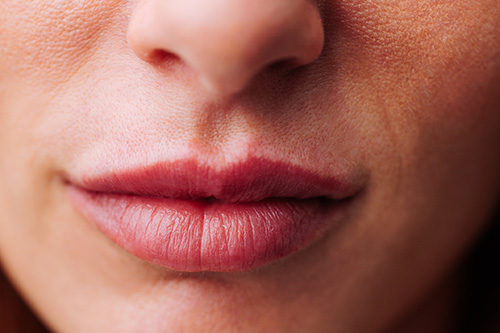Have you ever noticed small, red bumps on your skin, particularly in areas with hair follicles, such as your scalp, beard, or thighs? If so, you might be dealing with a common skin condition known as folliculitis. While it may not always be a serious concern, folliculitis can be uncomfortable or embarrassing for some. In this article, we’ll explore what folliculitis is, its causes, symptoms, and the various treatment options available.
What is Folliculitis?
Folliculitis is a skin condition that occurs when hair follicles become inflamed. Hair follicles are tiny, sac-like structures in the skin from which individual hairs grow. When these follicles become infected or irritated, they can lead to the development of small, red or pus-filled bumps.
What Causes Folliculitis?
Folliculitis can develop for various reasons, but the most common causes include:
- Bacterial Infection: Staphylococcus aureus and other bacteria can infect hair follicles, causing inflammation. This is the most common cause of folliculitis.
- Fungal Infection: Yeast or fungi can also infect hair follicles, particularly in warm and humid conditions.
- Viral Infection: In rare cases, viral infections like herpes simplex can lead to folliculitis.
- Irritation: Friction from tight clothing, shaving, or excessive sweating can irritate hair follicles and lead to folliculitis.
- Blocked Hair Follicles: When hair follicles become clogged with dead skin cells, oil, or other debris, it can result in folliculitis.
- Skin Conditions: Certain skin conditions, such as dermatitis or acne, can increase the risk of developing folliculitis.
Symptoms of Folliculitis
The symptoms of folliculitis can vary depending on its cause and severity. Common signs and symptoms include:
- Small red bumps or pustules around hair follicles.
- Itching or burning sensation in affected areas.
- Pus-filled blisters that may break and crust over.
- Pain or tenderness around the affected follicles.
- Swelling or redness of the skin.
In severe cases or when left untreated, folliculitis can lead to more significant complications, such as furuncles (boils) or carbuncles (clusters of boils), which may require medical attention.
How Do I Treat Folliculitis?
The treatment of folliculitis depends on its underlying cause and severity. Here are some common approaches to manage and treat folliculitis:
- Good Hygiene: Practicing good hygiene, including regular cleansing with mild soap, can help prevent and alleviate folliculitis.
- Warm Compresses: Applying warm compresses to affected areas can help reduce inflammation and promote drainage of pus.
- Topical Antibiotics: For mild cases, over-the-counter or prescription topical antibiotics can help eliminate the infection.
- Oral Antibiotics: In more severe cases or when bacterial infection is widespread, oral antibiotics may be prescribed by a healthcare professional.
- Antifungal Medications: When fungal infection is the cause, antifungal creams, shampoos, or oral medications may be necessary.
- Avoiding Irritants: Refraining from activities that irritate the skin, such as shaving, can help prevent recurrent folliculitis.
- Lifestyle Modifications: For chronic cases, lifestyle changes like wearing loose-fitting clothing and practicing good skin care can be beneficial.
- Prescription Medications: In certain situations, doctors may recommend prescription-strength treatments, such as topical corticosteroids or immunomodulators.
Folliculitis is a very common skin condition that affects us all at some point in our lives. While it’s usually not a serious condition, it’s important to try to identify its cause and severity to determine the right treatment response.
Maintaining good hygiene, avoiding skin irritants, and seeking medical advice when needed are key steps in managing and preventing folliculitis. If you develop concerning or persistent bumps you suspect might be folliculitis, consult a your dermatology provider at DermaBlue for a proper diagnosis and treatment plan tailored to your specific situation.







